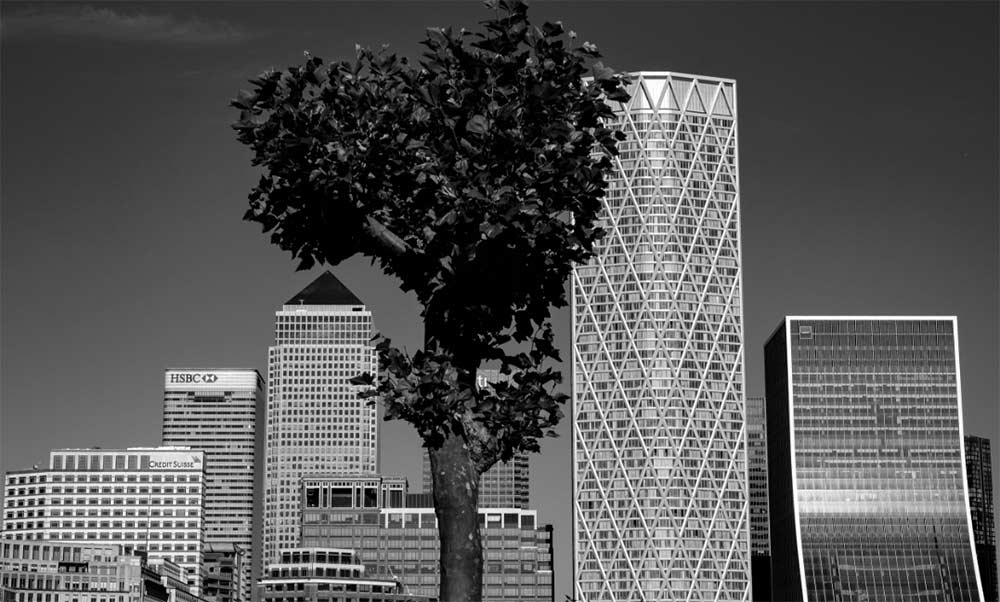Discussions related to political violence may assume that coverage can be divided into one of two distinct categories: terrorism or war. This assumption can often lead to insufficient coverage especially in deteriorating geopolitical climates, highlights Zoe Towndrow, Practice Lead, Political Violence at BPL Global.
Speaking on a recent ‘Tuesdays With Lloyd’s’ webcast, Towndrow says that brokers and underwriters should ensure that coverage achieves an effective blend of political violence coverage.
The webcast, titled “Geopolitical risks in a world of extremes,” was hosted by Lloyd’s of London and moderated by Evan Freely, President, Americas & Director at BPL Global. This article summarises four key takeaways from the webinar shared by the following speakers:
Zoe Towndrow, Practice Lead, Political Violence at BPL Global
Sophia Cartmell, Political Underwriter at Inigo
Joanna Hitchcock, Underwriting Manager, Terrorism & Political Violence at Talbot Underwriting
Evan Freely, President, Americas & Director at BPL Global (Moderating)

The world has become less peaceful
According to the World Peace Index (WPI) political instability is now at its worst level since 2008 – with 51 countries recording a fall in peacefulness – while only 26 countries improved. Political terror as an indicator also rose to its highest level in the last 15 years, deteriorating 3.2 % in 2022. [1]
Sri Lanka is an illustrative example of how this shift in peace can happen quickly. The President banned the use of agrochemicals in 2021, forcing farmers to go organic, naturally that year’s harvest yield plummeted, severely impacting the country economically. Despite the ban being reversed, protests erupted six months later. Buses were set on fire and pushed into lakes, and civilians smashed up a museum that was dedicated to the president’s family.
The situation has broadly calmed down, but its ability to flare up at any moment remains. “This really demonstrates how our economic situation drives civil unrest.” Joanna Hitchcock of Talbot explains, “It also highlights the systemic nature of the risk and how the situation of a country can change quite rapidly as underwriters are becoming more mindful of this fluid risk landscape.”
Political violence and terrorism is a broad spectrum
Access to comprehensive cover has become increasingly essential as countries have become less peaceful and more volatile. However, choosing individual perils to insure is not easy. Towndrow further elaborates on this point, saying, “when you are in a very turbulent political climate, the risk of escalation is huge. You can’t just view these different perils as separate risks.”
Figure 1, presented during the webinar, highlights the ease in which escalation can happen from left to right. In the context of this spectrum, Towndrow asks the audience to consider two “seemingly separate” moments in history. The Arab Spring (2011) and the Boston Tea Party (1773), which both started by singular acts of disobedience, namely malicious damage. Both events escalated into instances of revolution.

Bespoke wordings and harmonising exclusions
Towndrow tells the ‘Tuesdays with Lloyd’s’ audience that it is crucial to understand the scale and speed at which riot and disorder risks, such as disobedience, malicious damage, and civil commotion, can evolve into consequent terrorism, civil war, and war risks.
“You do not want to be in a situation where you are guilty of what I would call a ‘failure of imagination’. Just remember escalation of events can happen anywhere,” notes Towndrow going on to explain how CPRI specialists can support: “When we start to help clients with their political violence cover, the first thing we ask them to show us is the exclusions in their property policy. We must dovetail and wrap around exactly what the client has in order to make sure that there are no gaps and no grey areas in their policy.”
Looking to the future of Political Violence coverage in a volatile world
As geopolitical risks increase and what were once labelled ‘black swan events’ become ever more frequent, nuanced and specific political violence and terrorism cover is gaining importance for companies, and insurers around the world.
Successful coverage is becoming increasingly reliant on innovation and collaboration. Towndrow optimistically concludes: “We should never rest on our laurels, we should always keep striving to improve, change and innovate.”
[1] See The World Peace Index https://www.visionofhumanity.org/resources/global-peace-index-2022/ for more




